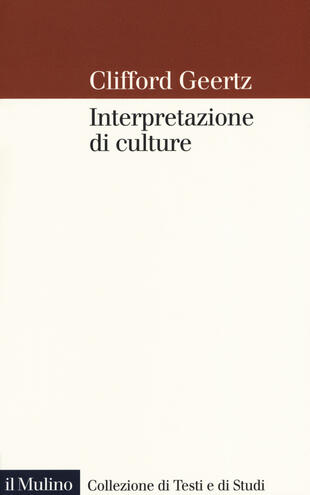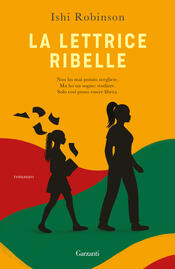

Sinossi
Se fino alla seconda metà dell'XIX secolo l'antropologia era praticata studiando le culture tramite i resoconti di viaggiatori ed esploratori, con l'affinarsi della disciplina per avvicinarsi ai popoli e alle culture si è fatto sempre più ricorso a ricerche sul campo. È a quest'opera ormai divenuta un classico imprescindibile - che dobbiamo la rivoluzione concettuale secondo la quale le culture umane non sono qualcosa di oggettivo solo da osservare. Simili alla tela del ragno, sono insiemi (testi) contenenti simboli e significati, che vanno interpretati in relazione a un determinato contesto. Le società - secondo Geertz - come le vite umane contengono la propria interpretazione.
- ISBN:
- Casa Editrice:
- Pagine: 416
- Data di uscita: 12-09-2019
Recensioni
The Interpretation of Cultures is an academic classic. The late Clifford Geertz was lauded for his 1973 anthropological volume, and I do not find this to be hype. The book is structured around anthropological description, with Geertz relying on field data he gathered mostly in the 1950’s and 1960’s. Leggi tutto
"Man is an animal suspended in webs of significance he himself has spun, I take culture to be those webs..." These cultural "webs of significance" Clifford Geertz speaks of are constructed of religious beliefs and practices, cultural customs, social interactions, attitudes and behavior -- everything Leggi tutto
TL;DR: Nothing (worth talking about) is simple or straightforward. *** This is probably the hardest book I've ever finished reading. And that after two false starts, when I realized I didn't understand enough of it, so I left it for "when I get smarter." Does that mean I've gotten smarter? Self-teasing Leggi tutto
I'm rereading this and am amazed at how much I missed the last time I picked it up. Rather than attempt to break down why Geertz is so great or what he covers in this book, I'm just gonna include a couple of my favorite quotations: "Believing, with Max Weber, that man is an animal suspended in webs o Leggi tutto
I read it. And re-read it. It's brilliant work. If you understand it.
There's 5 parts and frankly, part 4 stinks. Part One is a great kick-off, with the wonderful story of the Jewish merchant, the French colonial army and the Berber sheep raids, quickly followed with the often cited explanation of "thick description." More theorizing about anthropology follows, and th Leggi tutto
Essential reading for those looking to expand their knowledge on the interplay between textual and cultural studies.
Citazioni
Al momento non ci sono citazioni, inserisci tu la prima!























